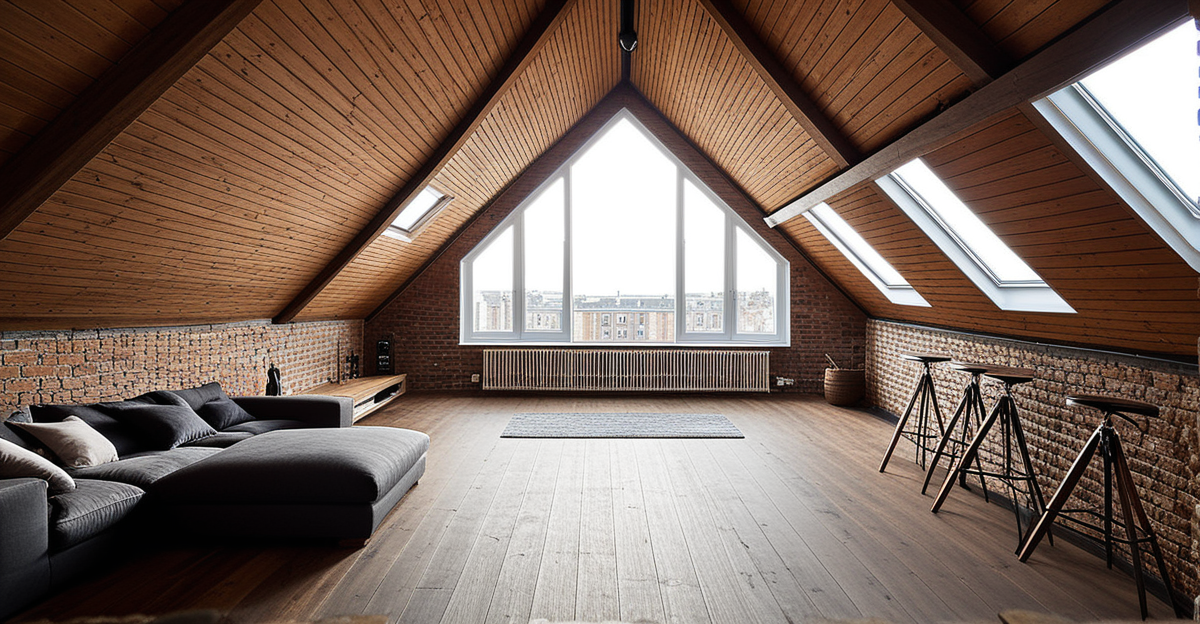Dormer vs mansard: which loft conversion is right for you?

Choosing between a dormer and a mansard loft conversion shapes your home’s character and space. Dormers add headroom with simple vertical walls, often needing no planning permission. Mansards create a steeper roof angle and extra volume, ideal for urban settings but usually require permissions. Understanding their structural and legal differences helps tailor the best fit for your building and lifestyle.
Dormer vs Mansard Loft Conversion: Key Differences and How to Choose
When evaluating loft conversions, many homeowners wonder about the essential distinctions—What is a mansard loft conversion fills in an important knowledge gap for those considering their options. Dormer loft conversions involve extending the existing roof vertically with a flat or pitched extension, maximizing headroom and floor space at a moderate cost and with fewer planning complications. In contrast, a mansard conversion reshapes one side of the roof to a steep, typically 72-degree angle with a flat top, nearly always requiring planning approval because of the scale of change involved.
Also to discover : Experienced real estate brokers in Longeuil and Saint-Hubert
A critical factor is usable space: mansard conversions create more full-height space and can feel like an entirely new storey, while dormers offer useful but more limited increases. Price is equally decisive—dormers start around £45,000, mansards near £50,000, with the latter’s enhanced space driving higher value in dense urban locations.
Decision-making should consider property type, local planning regulations, desired room use, and your design preference. This page explains it in detail: What is a mansard loft conversion.
In parallel : Elegant georgian ceiling roses to enhance your space
Dormer Loft Conversions: Features, Benefits, and Limitations
Definition and Architectural Features
A dormer loft conversion involves extending a protruding structure with vertical walls from an existing sloping roof. This design increases both headroom and usable floor area in spaces that might otherwise be cramped.
Common Styles and Roof Material Choices
Dormer styles include flat roof, gable-fronted, and hipped dormers. Typical roofing materials range from tiles to slates or even more energy-efficient options. The selected style directly impacts aesthetics and how seamlessly the new structure blends with the original building.
Benefits: Headroom, Natural Light, Flexibility, and Costs
Dormer conversions deliver increased headroom, ample natural light through larger window options, and often do not require planning permission under Permitted Development Rights in the UK—making them a practical choice. They’re cost-effective, with projects starting around £5,000, and can be completed quickly, minimizing disruption.
Limitations: Space, Design, and Maintenance
However, dormers offer less added space than alternatives like mansards and sometimes appear as obvious additions, potentially affecting property aesthetics. Periodic maintenance of external cladding and roof materials is required, and planning permission may still be needed for homes in conservation areas or listed buildings.
Mansard Loft Conversions: Design, Advantages, and Challenges
Description and Defining Characteristics
Using the SQuAD approach: A mansard loft conversion features a flat roof and almost vertical side walls, typically at a 72-degree angle. This method involves raising the party or gable walls, transforming your roof into a full-height room space at the rear of the property.
This design offers a seamless architectural look, maximizing usable floor area while blending harmoniously with the original structure. The steep walls mean the new room feels less like an attic and more like a full living floor.
Space Maximization, Design Cohesion, and Energy Efficiency
Mansard conversions are chosen for their unmatched space-enhancing potential. With vertical walls, nearly every inch becomes functional—ideal for bedrooms, home offices, or luxurious bathrooms and en suites. Enhanced wall and roof insulation further improves energy efficiency, reducing heating bills and carbon footprint.
Cost, Planning Permission, and Construction Complexity
Mansard conversions in the UK typically start around £50,000. This reflects the complex construction process, which usually requires full planning permission due to significant roof alterations. Building a mansard is more time-intensive than simpler loft projects, demanding strong project management.
Suitability and Flexible Integration
This loft style is especially suited for terraced homes in urban settings. It allows effortless addition of modern amenities, such as bathrooms or studio spaces, delivering substantial value and versatility to your property.
Cost, Planning Permission, and Suitability: Making an Informed Loft Conversion Choice
Detailed cost comparison: installation, materials, and ongoing maintenance
Mansard loft conversions generally cost more than dormer conversions. For a typical UK home, a dormer loft conversion starts at around £45,000, whereas a mansard conversion begins closer to £50,000 due to substantial roof restructuring. Dormers are quicker and simpler to install, reducing both labour and overall disruption. Material costs reflect these differences: mansards need more structural support, insulation, and waterproofing. Maintenance over time can differ too—mansard roofs, with their larger surface area and more complex drainage, can require more ongoing upkeep.
Planning considerations, UK regulations, and development rights
Dormer conversions often fall within permitted development rights, sparing homeowners the need for planning permission—especially if the design remains at the rear and does not significantly alter the roof shape. Mansard conversions, by contrast, almost always need planning consent given their dramatic change to the roof’s profile and volume. Both require compliance with building regulations regarding insulation, fire safety, and structural integrity. Properties in conservation areas may face extra constraints.
Space optimization: fitting conversion type to property shape and homeowner requirements
A mansard conversion maximizes headroom and usable floor area, making it an optimal choice for those demanding generous, open living space—particularly in urban or terraced homes. Dormer conversions, while providing less extra volume, still deliver valuable rooms for bedrooms or offices, especially in homes with steeply pitched roofs. Matching the loft type to your property and goals ensures your investment yields both practicality and value.
